Applying sunscreen to your skin every day is the best way to prevent sun damage. The challenge can be finding a sunscreen that gives you the protection you need and does not feel greasy, thick or sticky under your makeup. Moreover, for people with sensitive skin, some sunscreens can trigger breakouts or allergies, so it is vital to find one that works for your skin type.
Before choosing your next sunscreen, the first thing to understand is that there are two different types:
- Physical sunscreens
- Chemical sunscreens

Physical Sunscreens
Physical Sunscreens are often referred to as natural or mineral sunscreens. They are not absorbed by the skin, rather they sit on the surface and work by blocking or deflecting ultraviolet rays. They are broad-spectrum meaning they protect against UVA and UVB rays and are effective thanks to mineral filters, such as titanium dioxide and zinc oxide.
There are a few good reasons to choose this style of sunscreen:
- It is often white, so you can see where you have applied it and determine any patches of skin you have missed.
- Physical sunscreens are generally recommended for people with sensitive skin and for children. This is due to their mineral base.
- Most “Reef safe” sunscreens fall into this category. If you see “reef safe” on the label it means they do not contain oxybenzone and octinoxate which are chemicals that have been shown to cause coral bleaching.
Important tips for wearing physical sunscreens with makeup:
- If you want to wear a physical sunscreen under your cosmetics make sure you do your research and find products that have an ultra-fine consistency and have a colour tint that suits your skin.
- Remember that some physical sunscreens can be quite thick so is important for people with oily of acne prone skin to thoroughly remove it after use as not to block pores.
- Check out our AMPERNA® Pro+ Bio Soothing Day Mineral CC SPF15 which has been designed for people with even the most sensitive skin. This unique product is an adaptive formula and is suitable for all skin tones – it is a physical SPF moisturising lotion. It includes AMPERNA®’s probiotic and a bio fermented oligopeptide, so it nourishes the skin aswell as protects it from the sun. It is reef safe and perfect to wear everyday by itself or under your makeup.

Chemical Sunscreens
Chemical Sunscreens penetrate the epidermis and lower dermis versus sitting on the surface. They contain organic filters which work by absorbing UV rays before they can cause damage to the skin. In order to be broad spectrum, chemical sunscreens are made of several chemical compounds such as oxybenzone, avobenzone and homosalate.
Chemical sunscreens are typically light weight, non-greasy and easily absorbed.
Some chemical sunscreens can trigger breakouts, allergies or irritation, so the best approach is to conduct a patch test prior to applying to your face.
Applying Makeup After Sunscreen
-
Start with sunscreen:
- Apply sunscreen as the last step of your skincare regime. Make sure to cover your face, neck, and any exposed areas.
- Give the sunscreen some time to absorb into your skin, at least 5–10 minutes, before moving on to makeup. This ensures it is properly absorbed and will not be removed when applying makeup.
-
Apply makeup:
- Choose a foundation, BB cream, or tinted moisturizer that works well with your skin and does not react with sunscreen.
- You can use a makeup sponge, brush, or your fingers to apply foundation. Make sure to use a gentle dabbing motion to avoid disrupting the sunscreen layer underneath.
-
Setting your makeup:
- If you want to set your makeup, use a light dusting of translucent powder or a setting spray. Be careful with powders because they can sometimes make sunscreen pills or break down. Opt for a powder that’s finely milled.
- If you want to set your makeup, use a light dusting of translucent powder or a setting spray. Be careful with powders because they can sometimes make sunscreen pills or break down. Opt for a powder that’s finely milled.
-
Reapply sunscreen:
- Throughout the day, it’s important to reapply sunscreen for continued protection. Use a setting spray with SPF or a sunscreen powder to refresh your sun protection without disturbing your makeup.
Remember There is More to Sun Protection than just Sunscreens
Whilst applying sunscreen is recommended every day it is not the only solution. Eyewear, a hat and protective clothing are also recommended to help guard against the sun’s harmful rays:
Eyewear
There are loads of sunglasses on the market. Whilst some look great as a fashion accessory, they may not be doing anything to protect your eyes. Make sure you choose sun protective sunglasses and seek out shade on high UV-factor days
Hats
Wearing the right type of hat can give you good UV protection. Considerations when choosing a hat:
- Ensure it provides shade to your head, ears, face and neck.
- Hat Styles: Broad-brimmed, Legionnaire's and bucket hats with a wide brim provide good protection. Baseball caps do not protect the neck and ears and visors only protect your face.

Sun-protective clothing
The right clothing can offer very good sun protection. You need to consider:
- Colour: the golden rule is darker colours such as red, navy and black absorb more UV rays
- Construction: Heavy and tightly woven fabrics such as wool and denim are best.
- UV protection factor: A selection of clothing is specifically designed for sun protection and comes with a rating. The higher the rating, the better the protection
Sources:
https://www.piedmont.org/living-better/the-difference-between-physical-and-chemical-sunscreen
https://www.prevention.com/beauty/skin-care/a31487742/physical-vs-chemical-sunscreen/
https://www.cnet.com/health/mineral-vs-chemical-sunscreens-safety/
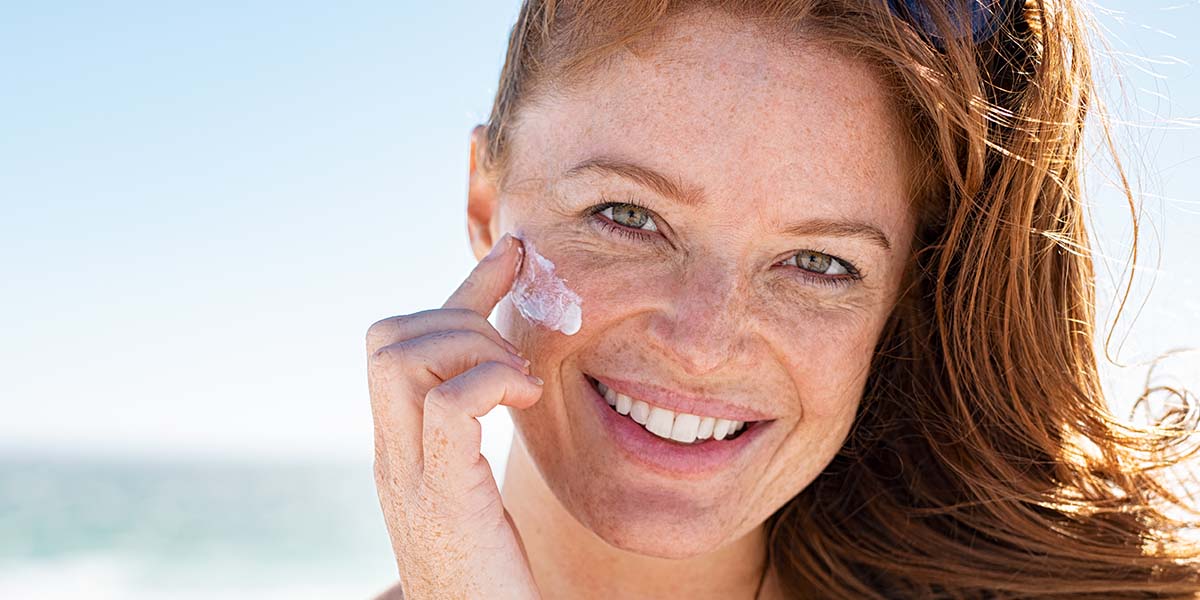

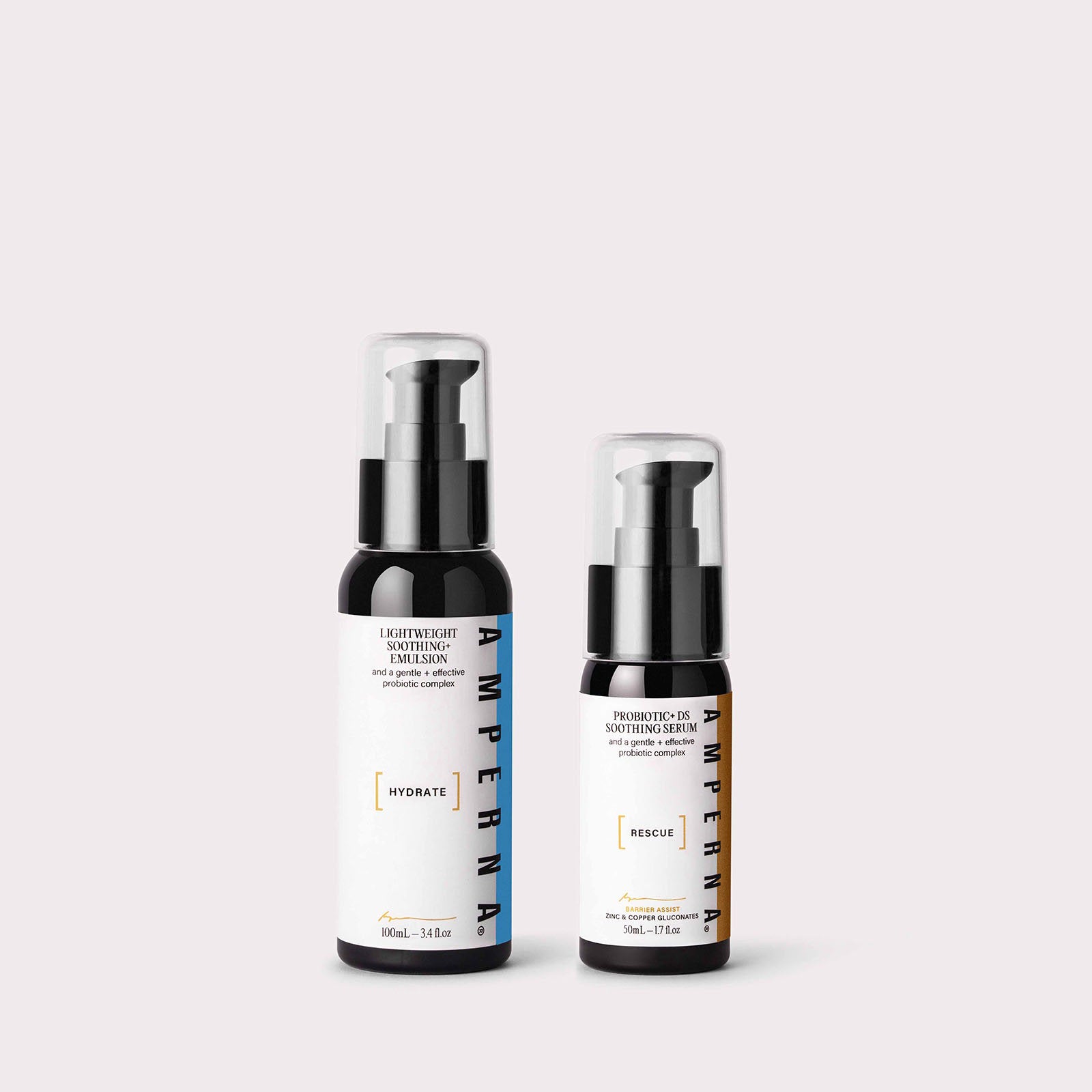
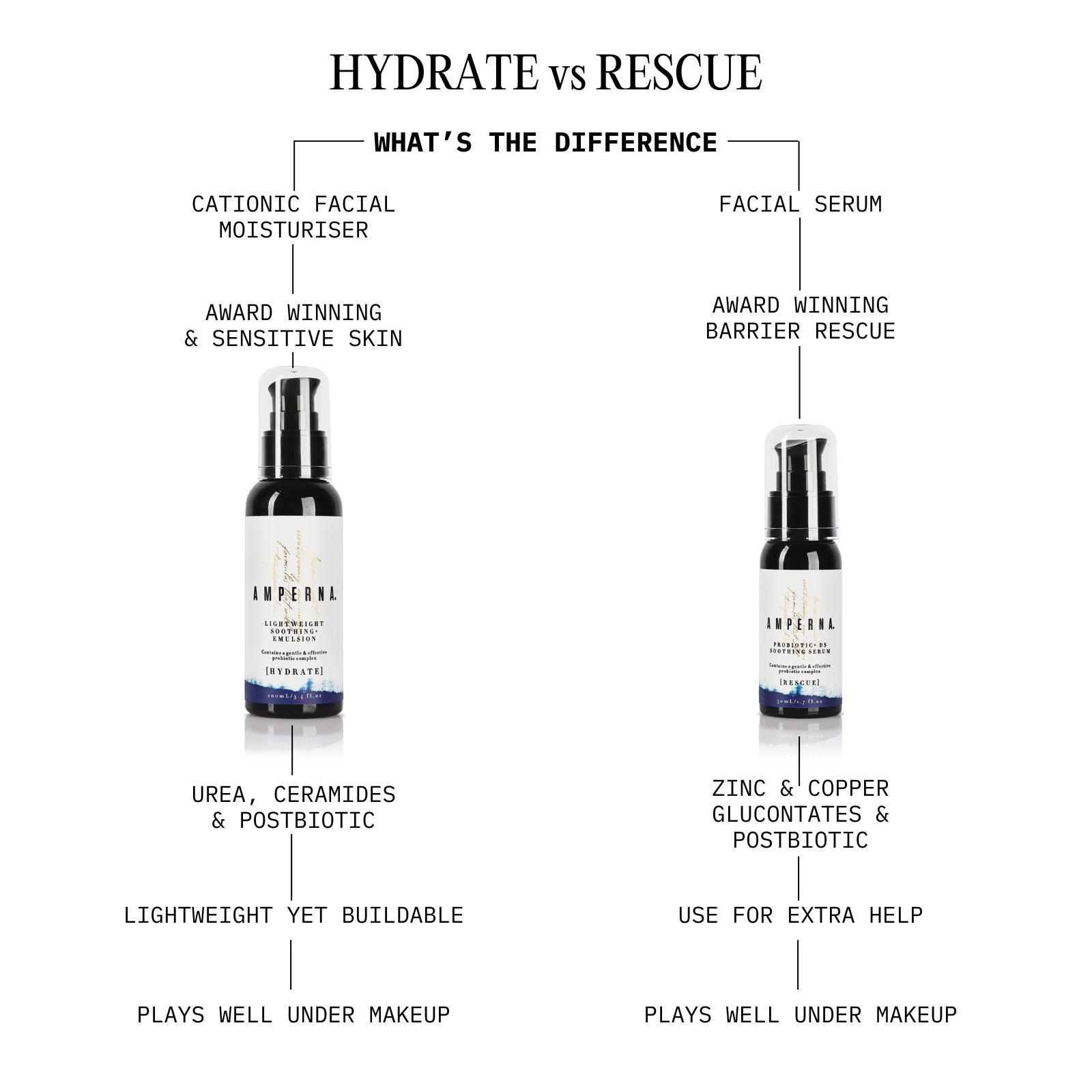
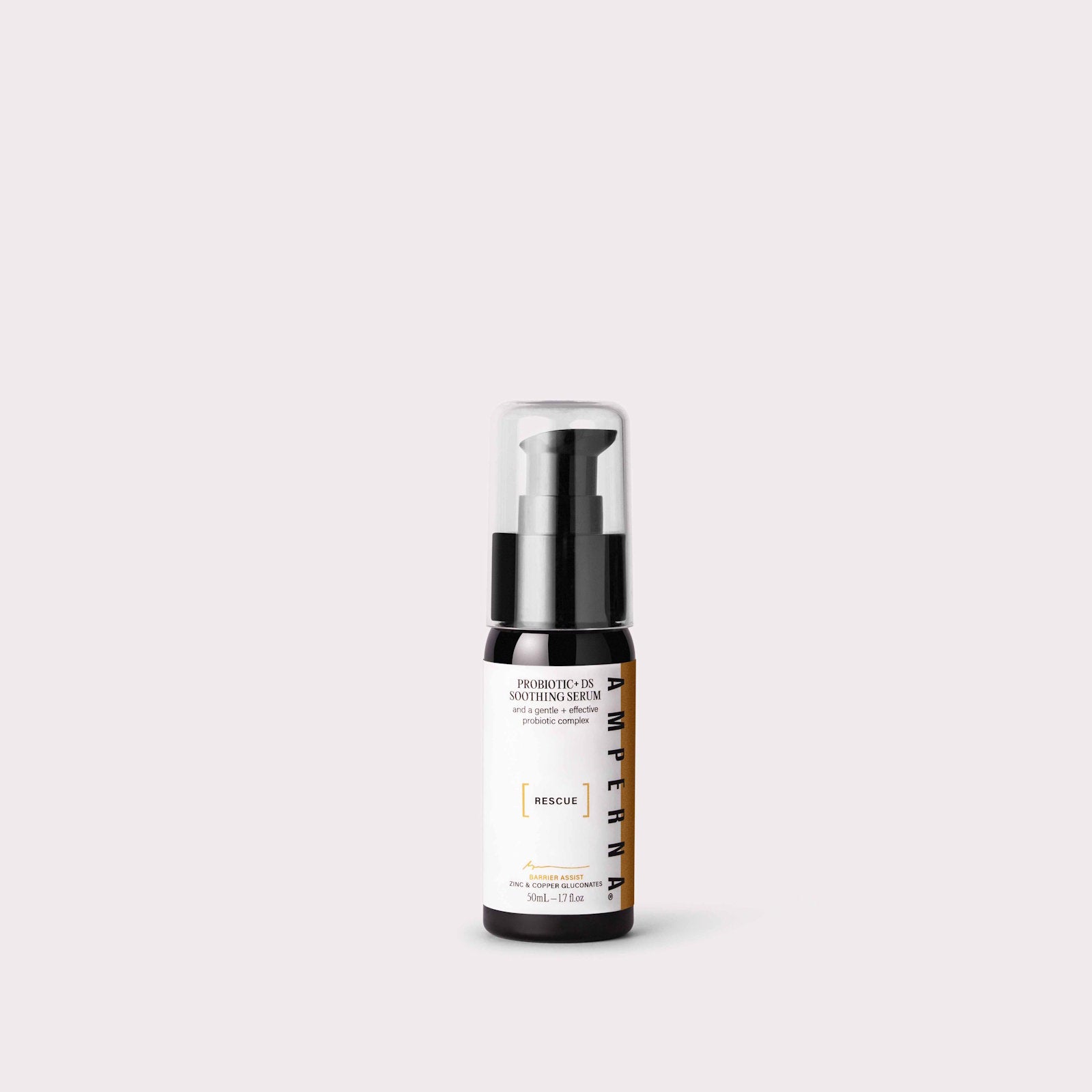



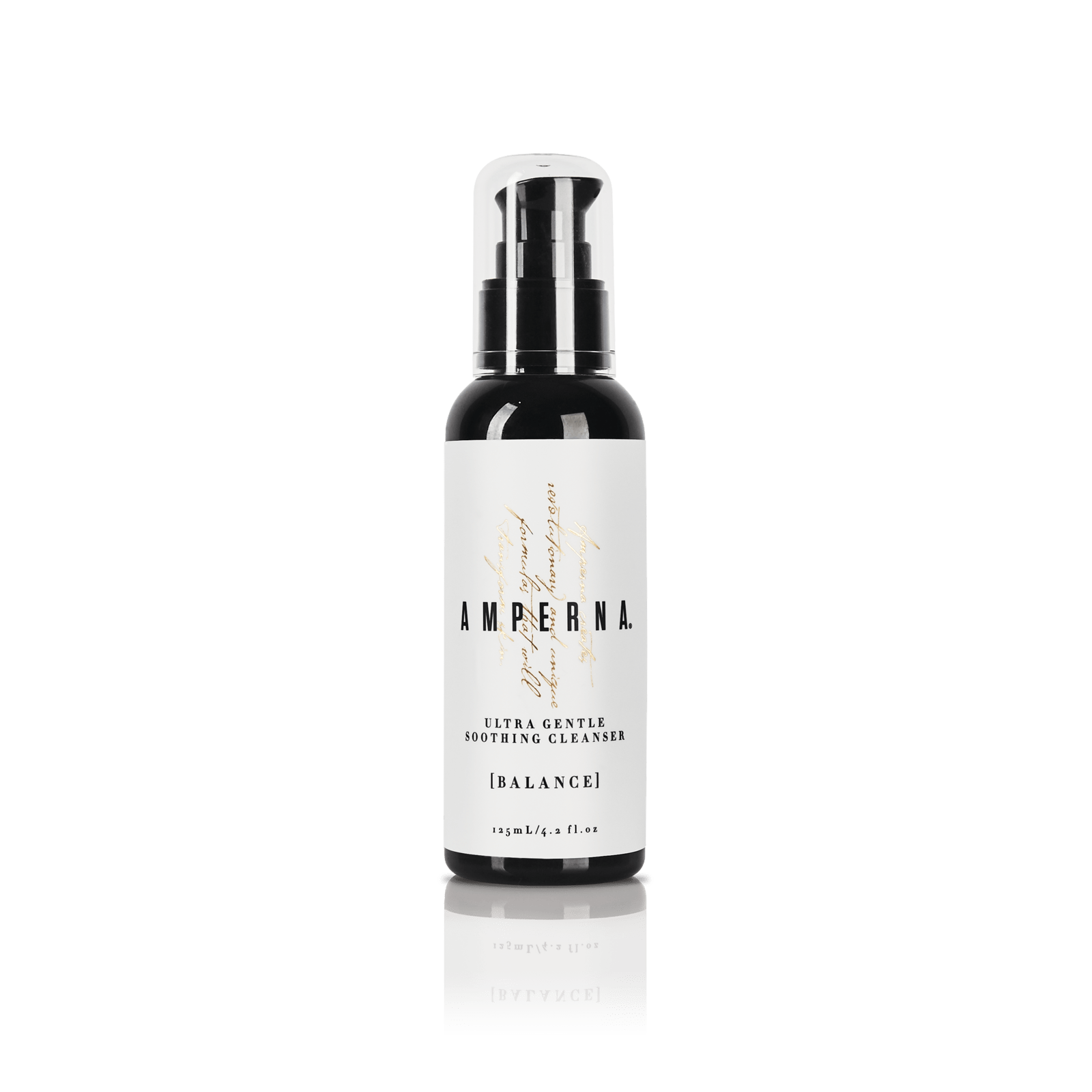
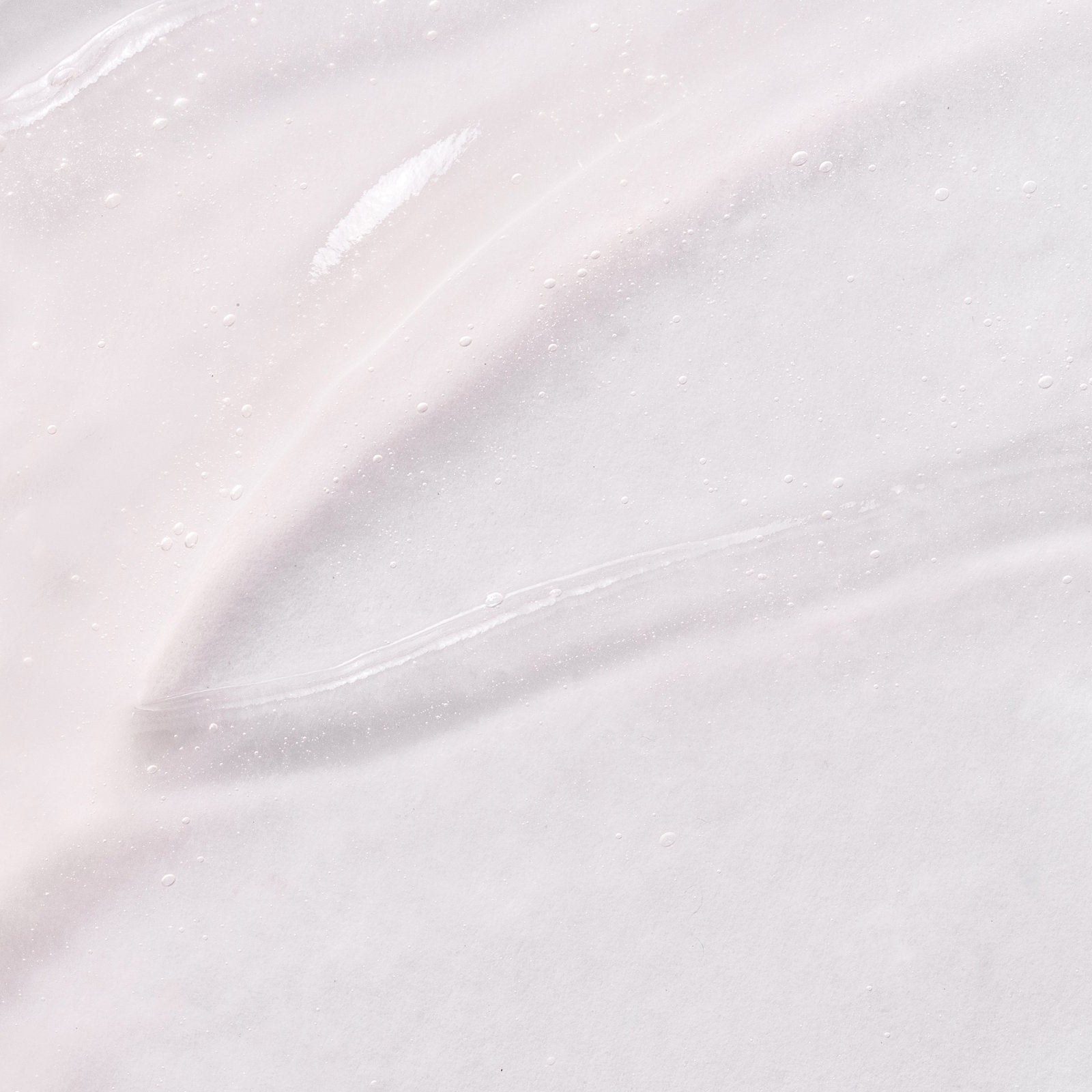



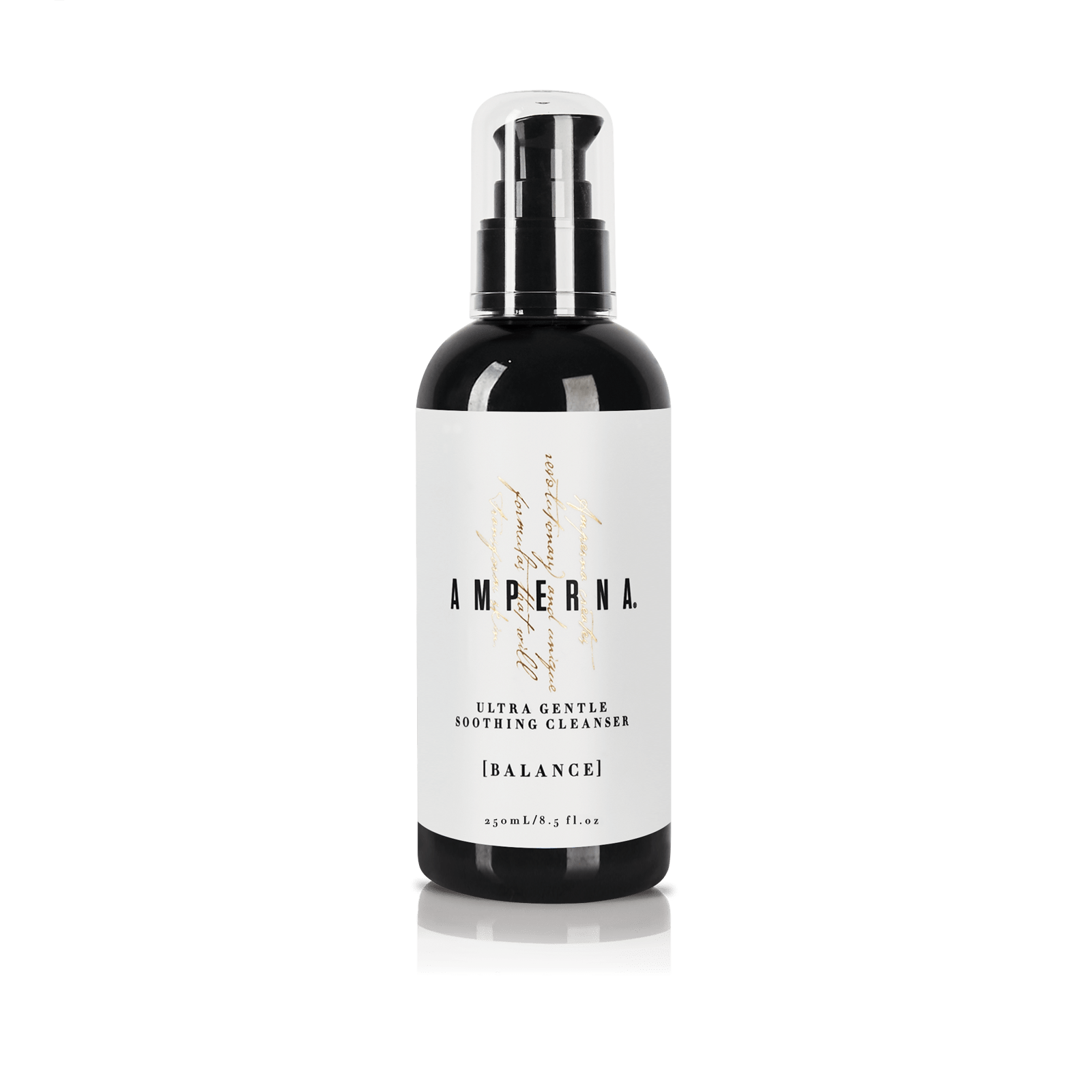

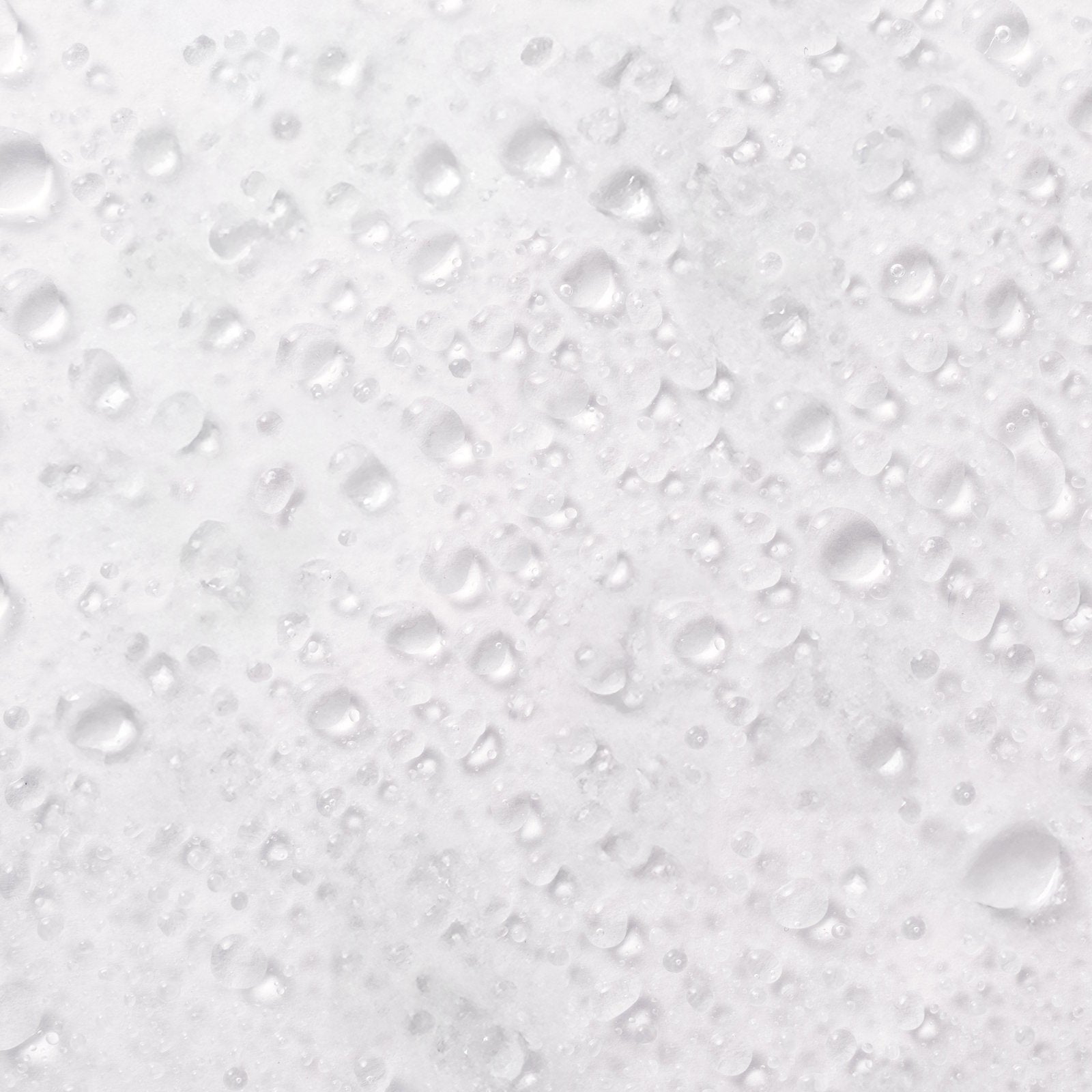

![Introducing AMPERNA® [DERMACARE] Haircare: For Scalp Comfort and Strong Hair](http://amperna.com/cdn/shop/articles/42_efd53385-7cf9-4b45-8e54-982415ee8fbc.jpg?crop=center&height=720&v=1761871871&width=1200)
